2 February 2025
If you’ve been gaming for a while, you’ve probably noticed something interesting about modern video games—they don’t like to stay in their lanes anymore. Back in the day, games could be neatly categorized: first-person shooters, platformers, RPGs, or good old sandbox games. But now? Those neat little boxes are breaking apart like a Jenga tower at a rowdy party. Welcome to the era where genres are blending, and the lines between "sandbox" and "open world" are becoming as blurry as a smudged pair of glasses.
But how did we get here? Why are game genres mixing like a DJ spinning different tracks into one epic remix? Buckle up because we’re diving deep into this fascinating evolution.
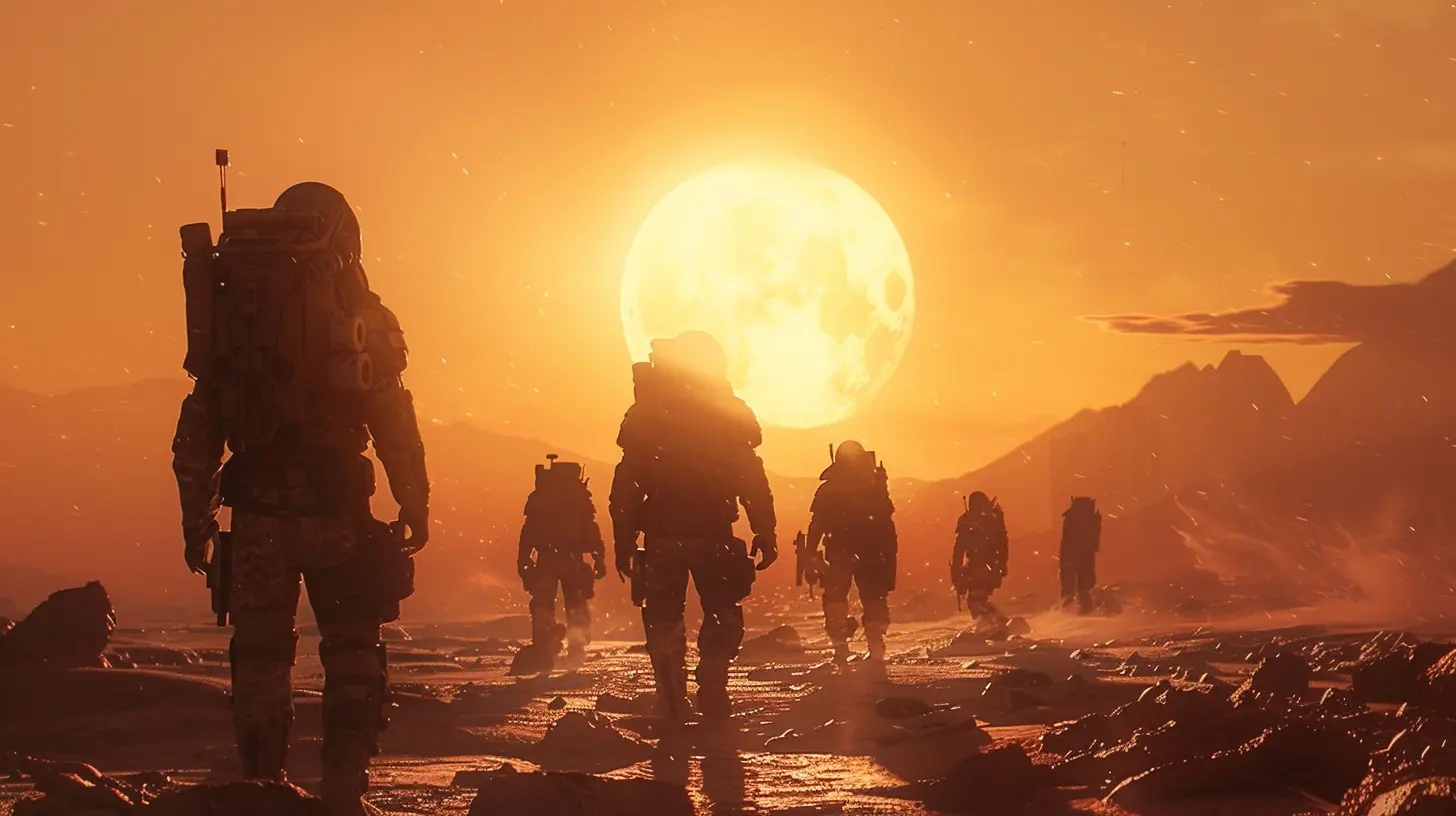
What Exactly Are Sandbox and Open World Games?
Before we start talking about how these genres are merging, let’s get our definitions straight. Sandbox and open-world games are two different concepts, but they’ve always been close cousins. Think of them like peanut butter and jelly—distinct, yet they work so well together.A sandbox game is all about freedom. It’s a game where you’re dropped into a world with tools to create and interact however you want. There’s no huge emphasis on objectives or linear progression—it’s all about player-driven creativity. Think Minecraft or Garry’s Mod. You’re not following a strict path; you’re forging your own.
An open-world game, on the other hand, offers a sprawling environment full of quests, characters, and a story. The key here is exploration. You’re free to roam around and tackle objectives in almost any order. Big hitters like The Witcher 3 or Red Dead Redemption 2 come to mind.
The trickiest part? The line between these two is starting to fade. And that’s where things start to get exciting.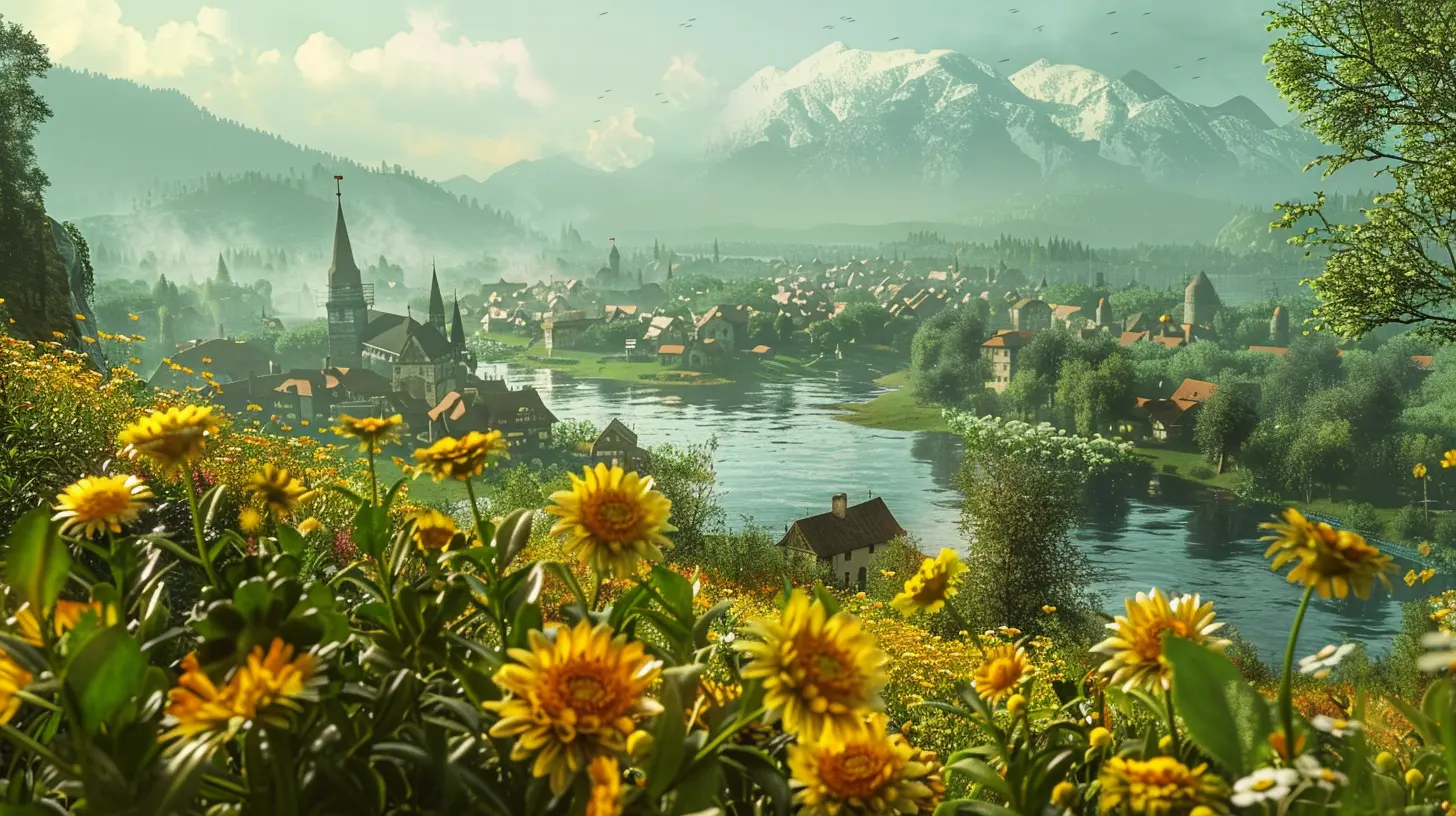
The Blurring of Boundaries: What’s Happening?
Here’s the thing: modern games are greedy (in the best way possible). Developers don’t want to create a game with just one type of experience. Instead, they’re blending the best aspects of sandbox and open world to create something richer—something that feels alive.For example, take a game like Grand Theft Auto V. Is it an open-world game? Sure, there’s a huge map with a storyline to follow. But wait—doesn’t it also have sandbox elements? You can hop in a car, wreak havoc, customize your character, and ignore the plot completely if you want. Sounds a bit like a sandbox too, doesn’t it?
Or look at Breath of the Wild, which revolutionized the way open-world games work. Players weren’t just exploring a large map; they were experimenting with systems. Want to roll a boulder down a hill to crush some enemies? Go for it. Or maybe use the physics engine to cross a river in the most absurd way possible? That’s on you. Nintendo created something truly magical—a game that’s part open-world, part sandbox, and 100% addictive.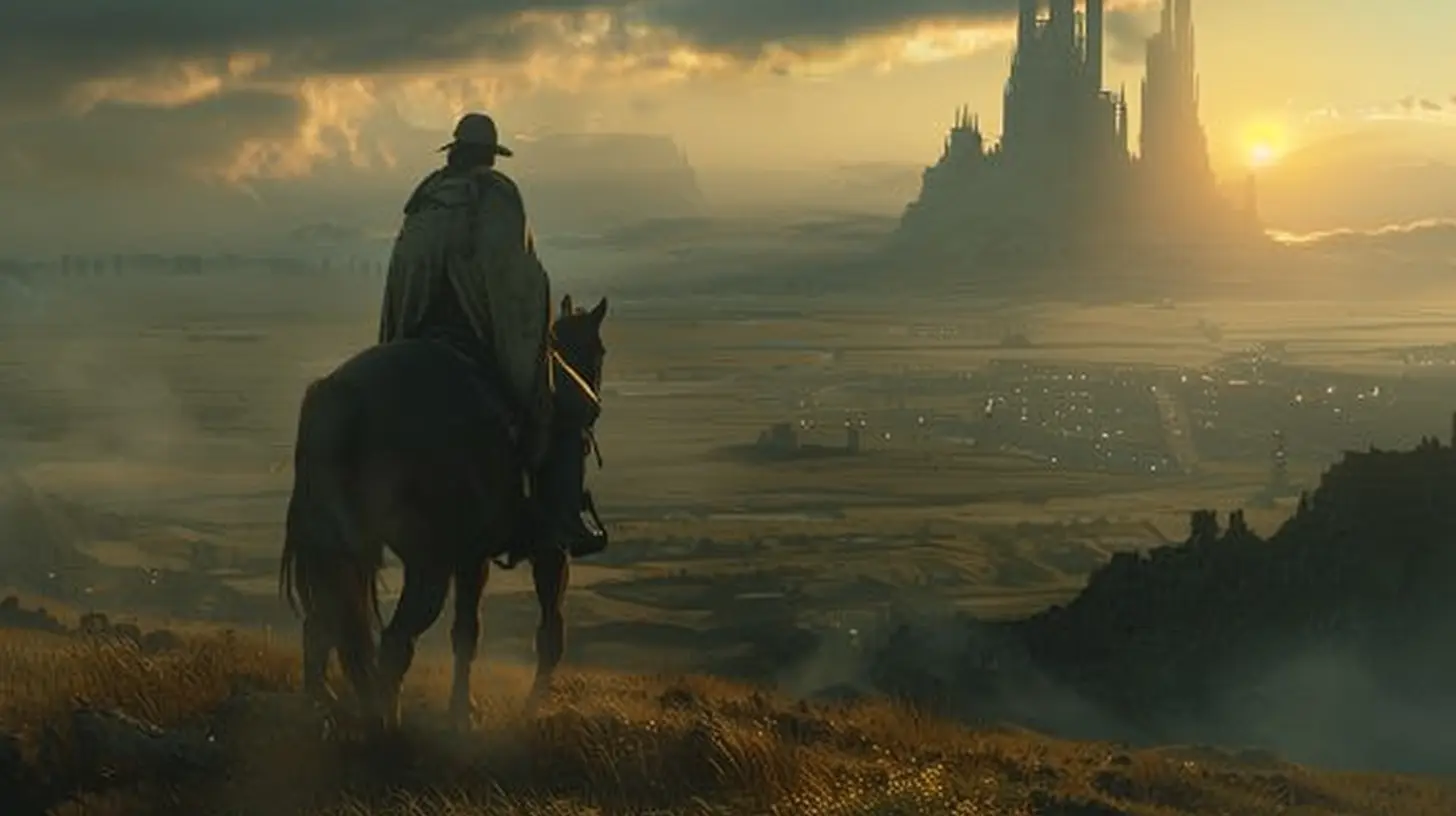
Why Are Genres Merging?
So, what’s driving this melting pot of genres? Let’s break it down.1. Player Expectations Are Sky-High
Gamers these days expect a lot. We don’t just want a game to tell us a story; we want to live in that story. We want freedom, immersion, and meaningful choices. Developers know this, so they’re building worlds where players can do more than just follow a linear path. By merging sandbox elements into open-world games, they’re giving us the best of both worlds—freedom and structure.2. Technology Makes It Possible
Let’s face it, gaming tech has come a long way. Back in the day, hardware limitations kept developers from creating massive, interactive worlds. But now? With powerful consoles, ray tracing, and jaw-dropping physics engines, creating expansive, customizable environments is more feasible than ever. The tech is basically saying, “Why not go bigger?”3. Influence of Live Service Games
Games like Fortnite and Genshin Impact have shifted the way developers think about content. These live-service games thrive on variety, offering players endless updates, new mechanics, and fresh ways to engage. This “throw everything in” approach has trickled down into traditional game design, which is why we see so much genre-blending lately.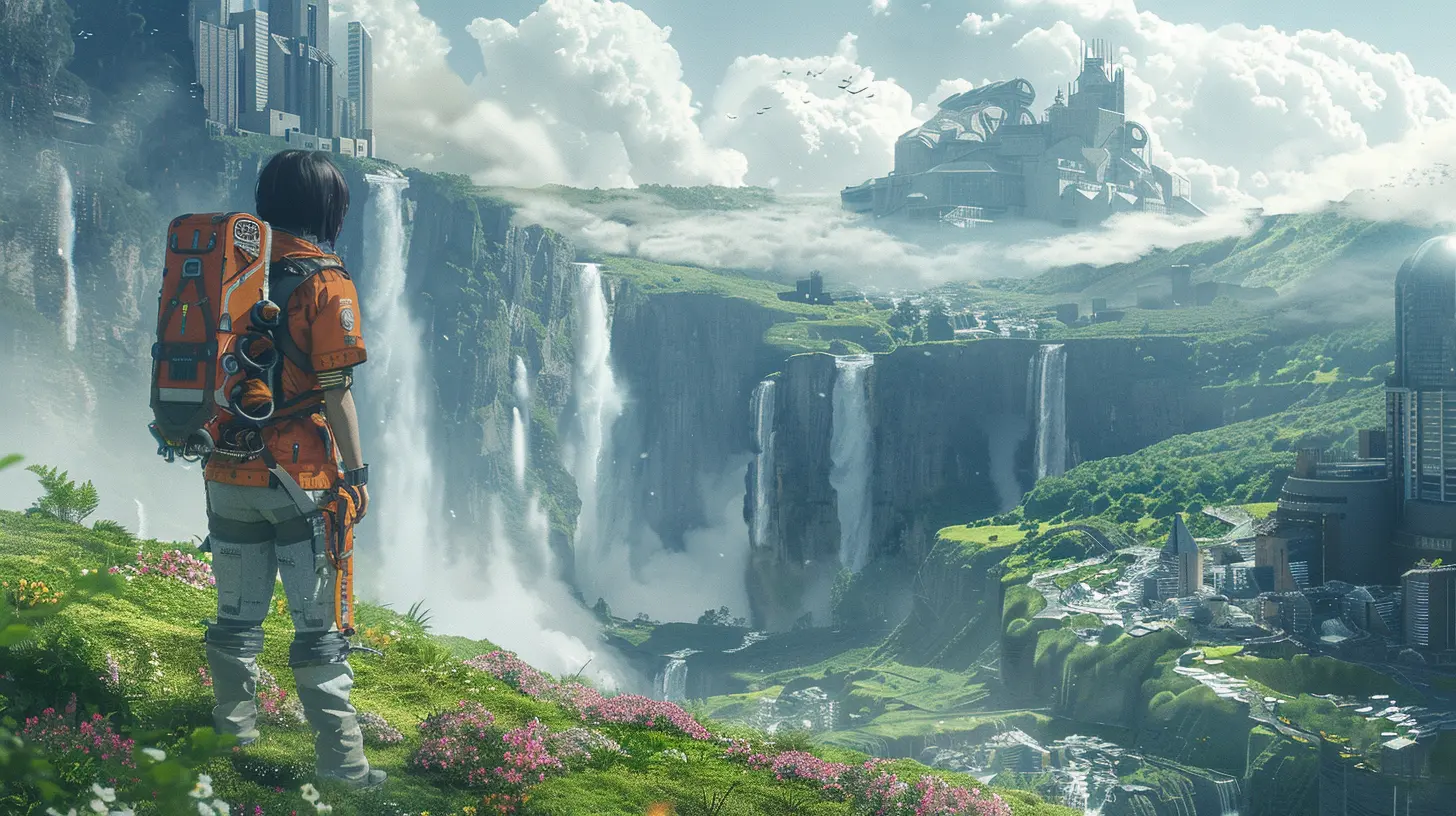
Examples of Genre-Blurring Games
Let’s take a closer look at some games that blur the sandbox/open-world line in the most innovative ways.1. Minecraft
Okay, so Minecraft is still the poster child of sandbox games, but the game has evolved over the years. With its sprawling worlds, optional quests, and multiplayer adventures, it almost feels open-world too. Whether you’re building a dirt mansion or tackling a dungeon, Minecraft lets you play your way.2. No Man’s Sky
If any game embodies the blurring of genres, it’s No Man’s Sky. When it launched, it was marketed as an open-world space exploration game. But with its endless planets, creative building mechanics, and player-driven ecosystems, it’s got a heavy dose of sandbox DNA. It’s the ultimate playground for wannabe galactic explorers.3. The Witcher 3: Wild Hunt
On the surface, The Witcher 3 is a classic open-world RPG, but look closer, and you’ll see its sandbox tendencies. Want to skip the main quests and just hunt monsters? Cool. Prefer spending hours crafting gear and brewing potions? That’s fair game too. It’s open-world with a side of “do whatever you want.”4. Cyberpunk 2077
Yes, Cyberpunk 2077 had a rocky start, but one thing it nailed is its ambitious world. With immersive storytelling alongside player-driven freedom, it’s another game that blurs the line. Want to dive into the plot? Great. Want to spend hours customizing your car and exploring the neon-drenched streets of Night City? That works too.The Future of Gaming: What’s Next?
Here’s my hot take: the future of gaming might not involve genres at all. Sounds crazy, right? But think about it. Developers are so focused on blending gameplay styles that we might start seeing games classified by their experiences rather than their genres.Imagine a game that gives you creative freedom like Minecraft, narrative depth like Red Dead Redemption 2, and gameplay systems as complex as The Legend of Zelda: Tears of the Kingdom. Sounds like a dream, doesn’t it? That dream might not be too far off.
Virtual reality and AI-driven games will only push this trend further. With immersive tech, developers will have even more tools to create worlds that defy traditional labels. Who needs genres when you’ve got an infinite sandbox of possibilities?
Why This Matters to Gamers
Why should you, as a gamer, care about all of this genre-blending madness? Simple: it makes games better. When developers borrow ideas from different genres, they create richer, more engaging experiences. It’s like combining all your favorite toppings on a pizza. Sure, pineapple and pepperoni might sound weird together, but if it works, it works.Plus, this shift means there’s a game for everyone. Love storytelling? Open-world mechanics have got you covered. Prefer to mess around and see what happens? Sandbox elements are there for that. No matter your playstyle, genre-blurring games give you more ways to have fun.
Wrapping It Up
From sandbox to open world, the way we think about game genres is changing. What started as two distinct gaming styles has morphed into a hybrid approach that offers players the best of both worlds. Developers are throwing out the rulebook, blending creativity and exploration to create experiences that are as boundless as your imagination.So, the next time you boot up a game and find yourself torn between chasing the main quest or just goofing off, you’ll know why. It’s not about sticking to a genre—it’s about having the freedom to play however you want. And honestly, isn’t that what gaming is all about?

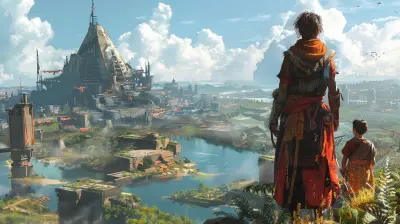

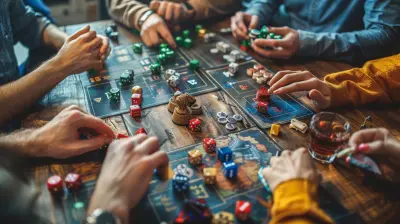

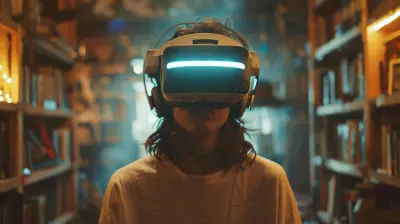

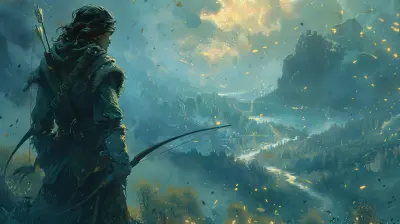
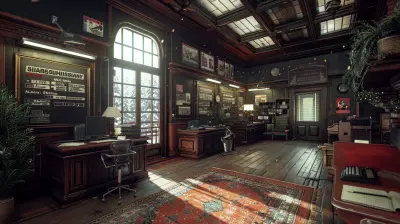
Jessica Navarro
Embrace the chaos! Hybrid genres redefine gaming—let creativity reign supreme!
April 6, 2025 at 2:56 PM